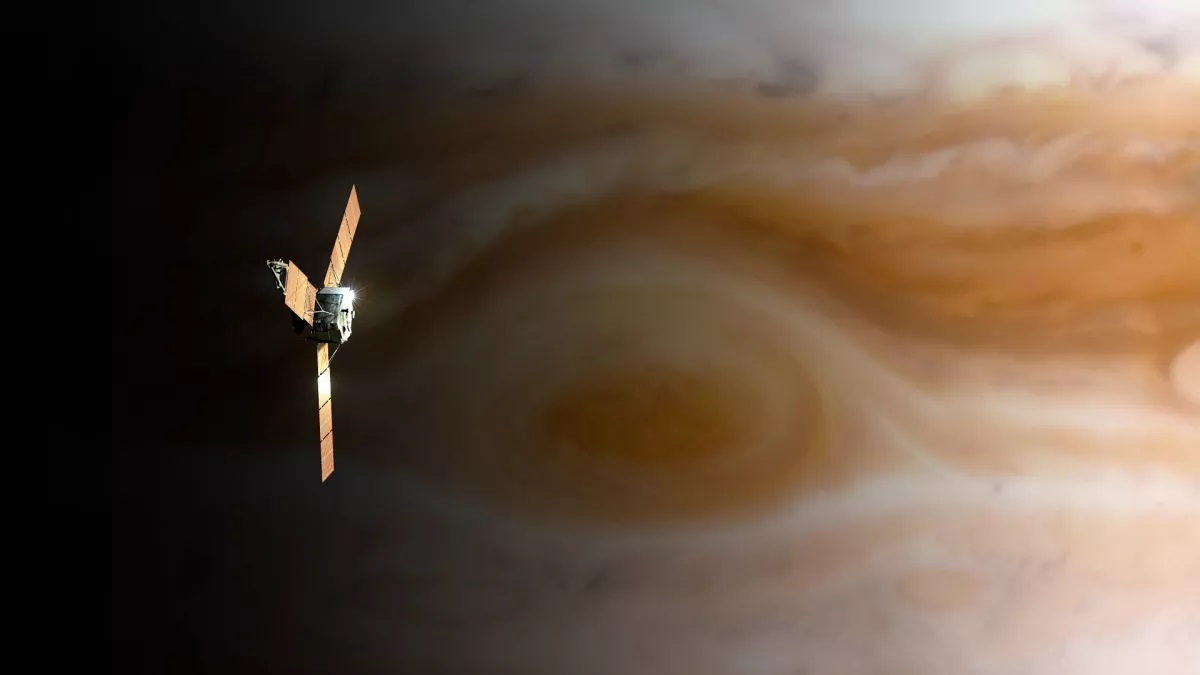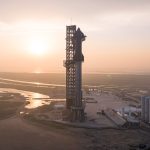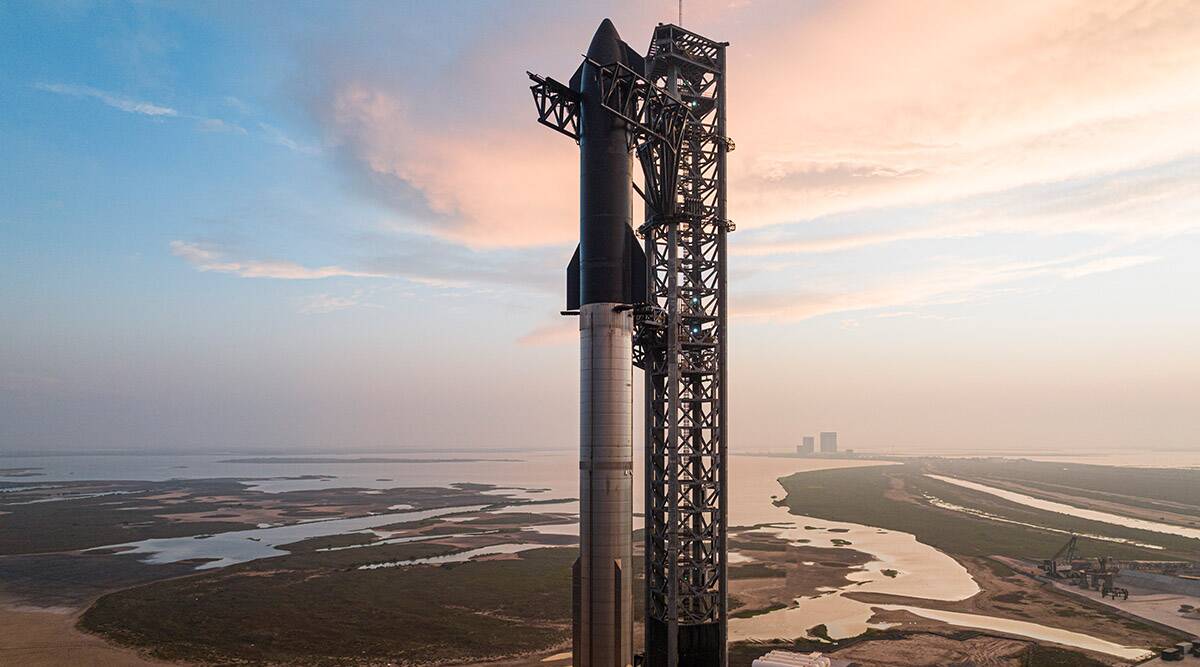Jupiter, the largest planet in our solar system, has long been a subject of fascination for astronomers and space enthusiasts alike. But if you’re planning a journey to this gas giant, one question you’re likely to have is: how long will it take to get there?
In this article, we’ll explore the various factors that affect travel time to Jupiter, and provide you with a comprehensive guide to planning your journey.
Understanding the Distance to Jupiter
Before we dive into travel times, it’s important to understand just how far Jupiter is from Earth. On average, the distance between the two planets is around 588 million kilometers (365 million miles). However, this distance is constantly changing due to the elliptical nature of both planets’ orbits.
Factors Affecting Travel Time
The time it takes to reach Jupiter depends on several factors, including the position of Jupiter in its orbit, the position of Earth in its orbit, and the speed of the spacecraft. The fastest time a spacecraft has reached Jupiter was NASA’s Juno mission in 2016, which took just 1 year and 8 months to arrive.
Types of Missions to Jupiter
There are two main types of missions to Jupiter: flyby missions and orbit missions. Flyby missions involve sending a spacecraft past Jupiter, allowing it to collect data and take photographs as it flies by. These missions can take anywhere from 2-7 years to complete, depending on the speed of the spacecraft and the timing of the launch.
Orbit missions, on the other hand, involve placing a spacecraft in orbit around Jupiter, allowing it to study the planet in much greater detail. These missions typically take longer than flyby missions, with the Galileo mission taking 6 years to reach Jupiter and enter orbit.
Planning Your Journey
If you’re planning a mission to Jupiter, the first step is to determine your goals. What do you hope to achieve with your mission? Will you be conducting flybys or entering orbit around the planet? Once you have a clear idea of your goals, you can begin to plan your mission timeline.
Factors to consider include the position of Jupiter and Earth in their orbits, as well as the speed of your spacecraft. Launching during a planetary alignment can significantly reduce travel time, as can increasing the speed of your spacecraft.
Conclusion
In conclusion, the travel time to Jupiter depends on a variety of factors, including the position of Jupiter and Earth in their orbits, the speed of your spacecraft, and your mission goals. By carefully planning your journey and taking advantage of planetary alignments, it’s possible to significantly reduce travel time and reach this gas giant in a matter of years rather than decades. With careful planning and cutting-edge technology, who knows what discoveries await us on this awe-inspiring planet?












